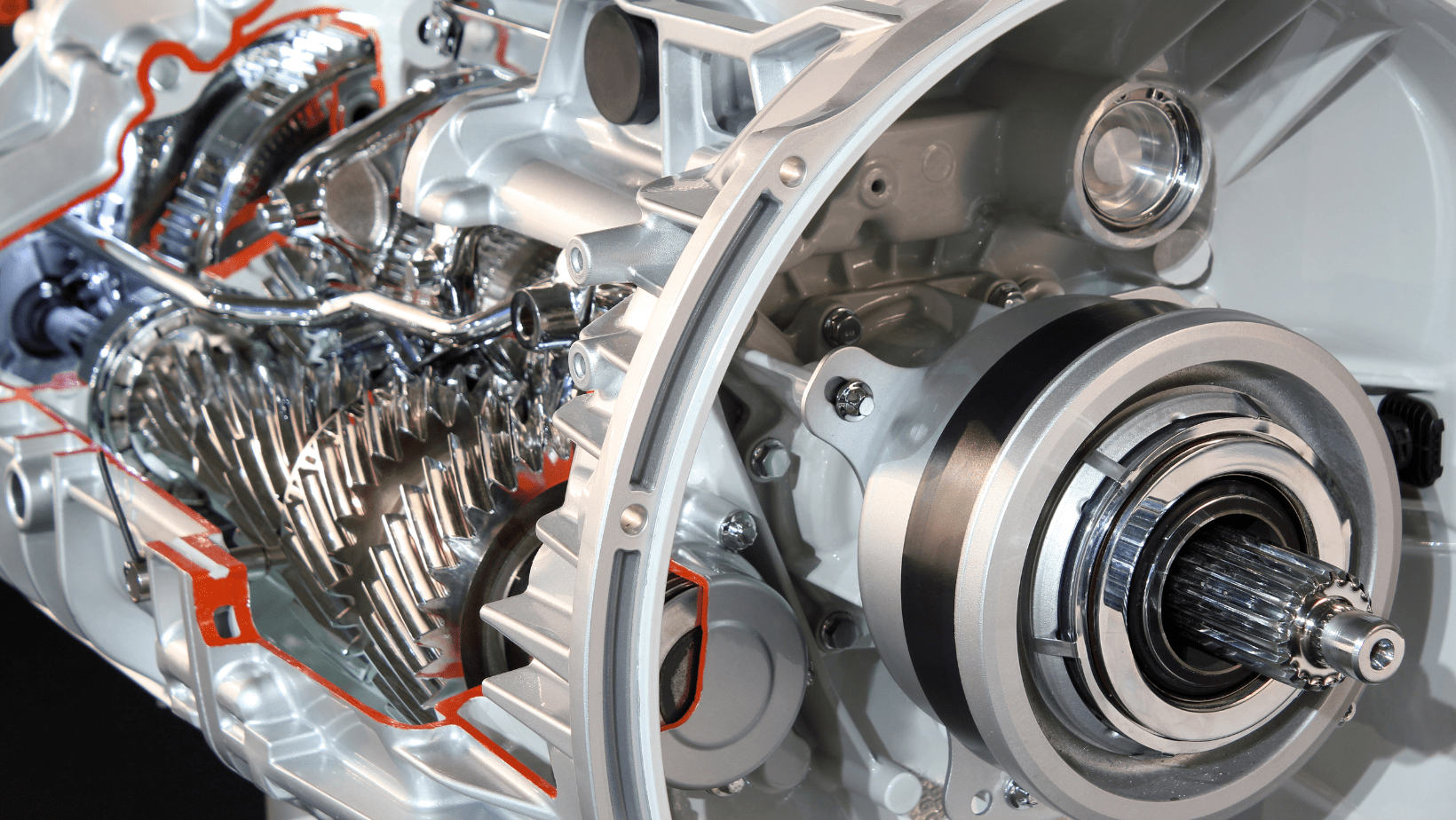Table of Contents
Understanding the Basics of Transmission Repair
Introduction
The transmission is a critical component of any vehicle, ensuring that power from the engine is transferred to the wheels smoothly and efficiently. Like any mechanical system, transmissions require regular maintenance and, at times, repairs. Understanding the basics of transmission repair can help car owners prevent costly breakdowns and keep their vehicles running smoothly.

Key Takeaways: Transmission Repair Essentials
| Key Point | Detail |
|---|---|
| Importance of Transmission | Vital for vehicle power transfer and performance |
| Signs of Trouble | Slipping gears, jerking, unusual noises |
| Regular Maintenance | Helps prevent expensive repairs and extends lifespan |
| Professional Diagnosis | Essential for accurate issue identification and repairs |
| Linking to Safety | Transmission failures can lead to unsafe driving conditions |
Understanding the Basics of Transmission Repair
Identifying Transmission Problems
The first step in transmission maintenance is recognizing warning signs that indicate potential failure. Early detection can prevent extensive damage and save repair costs.
Common Transmission Issues & Symptoms
✔ Slipping Gears – Engine revs but the car does not accelerate as expected.
✔ Jerking or Rough Shifting – The vehicle shakes or hesitates during gear shifts.
✔ Unusual Noises – Grinding, whining, or clunking sounds when shifting gears.
✔ Delayed Engagement – A noticeable delay before the car moves when shifting from Park to Drive.
✔ Leaking Transmission Fluid – Puddles of red or brown fluid under the car.
If you experience any of these warning signs, it’s crucial to address them immediately. Ignoring transmission issues can lead to costly repairs or complete transmission failure.
Regular Transmission Maintenance: The Key to Longevity
Preventative maintenance is the best way to avoid major transmission failures. Following manufacturer guidelines for fluid changes and inspections ensures smooth operation.
Essential Transmission Maintenance Tasks
✔ Transmission Fluid Checks – Ensure the fluid is at the right level and not contaminated.
✔ Fluid and Filter Replacement – Change transmission fluid every 30,000 – 60,000 miles (or as recommended).
✔ Cooling System Maintenance – Overheating can cause transmission failure, so ensure radiator and cooling lines are in good shape.
✔ Transmission Linkage & Bands Adjustment – Necessary for smooth gear shifting.
✔ Regular Inspections – Have a professional mechanic check for early signs of wear or leaks.
The Professional Touch: Transmission Diagnosis and Repair
When your transmission shows signs of trouble, a professional diagnosis is crucial. Certified mechanics use specialized diagnostic tools to detect underlying issues.
Transmission Diagnostic Process
✔ Onboard Diagnostics (OBD-II Scanner) – Retrieves error codes related to transmission performance.
✔ Fluid Inspection – Examines color, smell, and consistency for signs of wear.
✔ Road Test – Tests gear shifting under real-world conditions.
✔ Visual Inspection – Checks for leaks, loose connections, and worn components.
Why Professional Diagnosis Matters
A trained technician can pinpoint the exact cause of transmission problems, preventing unnecessary repairs or misdiagnosed issues.
Linking Transmission Health to Safety
A malfunctioning transmission doesn’t just affect performance—it can also compromise safety.
How Transmission Failures Impact Driving Safety
✔ Unexpected Gear Slipping – Can cause sudden deceleration on highways.
✔ Loss of Power – A failing transmission can lead to an unresponsive vehicle.
✔ Unpredictable Shifting – Makes it hard to control the car in traffic.
✔ Stuck in One Gear – A faulty transmission may prevent downshifting, affecting braking efficiency.
Keeping your transmission in good condition is not just about extending the life of your car—it’s about keeping you and your passengers safe on the road.
Guide to Common Transmission Repairs
The table below summarizes common transmission issues, their symptoms, and recommended solutions.
| Transmission Issue | Symptom | Suggested Action |
|---|---|---|
| Fluid Leaks | Puddles under the car | Inspect seals and gaskets, repair leaks |
| Slipping Gears | High RPMs, poor acceleration | Check fluid levels, perform a diagnostic test |
| Rough Shifting | Jerking or shaking | Replace fluid and filter, adjust transmission linkages |
| Delayed Engagement | Delay when shifting gears | Inspect and adjust transmission bands |
Transmission Repair vs. Replacement: Making the Right Choice
If your transmission is seriously damaged, you may face the decision of repairing vs. replacing the unit.
| Repair Option | Pros | Cons |
|---|---|---|
| Minor Repairs | Cheaper, faster fix | May not address all underlying issues |
| Rebuilding | Cost-effective for high-mileage vehicles | Time-consuming, depends on availability of parts |
| Full Replacement | New or refurbished unit, often with a warranty | Expensive upfront cost |
Cost Breakdown: Transmission Repairs
| Service | Estimated Cost ($) |
|---|---|
| Transmission Fluid Change | $100 – $300 |
| Transmission Flush | $150 – $400 |
| Minor Transmission Repairs | $300 – $1,500 |
| Transmission Rebuild | $1,500 – $3,500 |
| Full Transmission Replacement | $3,000 – $6,000+ |
Pro Tip: Get multiple quotes from mechanics to ensure you’re getting fair pricing.
How to Save Money on Transmission Repairs
✔ Follow Maintenance Schedules – Regular fluid changes prevent costly failures.
✔ Catch Problems Early – Addressing minor issues early prevents expensive repairs.
✔ Compare Repair Shops – Always get multiple estimates before committing to a repair.
✔ Consider Used or Rebuilt Transmissions – Can be cheaper than new replacements.
✔ Look into Extended Warranties – Some aftermarket warranties cover major transmission repairs.
Conclusion: Keeping Your Transmission in Top Shape
Understanding transmission maintenance and repair is crucial for keeping your vehicle running efficiently and safely. By staying proactive with fluid changes, professional diagnostics, and early problem detection, you can extend your transmission’s lifespan and avoid costly breakdowns.
Next Steps
✔ Monitor transmission performance for early warning signs
✔ Follow manufacturer recommendations for maintenance
✔ Schedule professional diagnostics when issues arise
✔ Compare repair options before deciding on major work
A healthy transmission ensures a smooth and safe ride, preventing unexpected breakdowns and expensive repairs. Stay informed and take care of your vehicle—your wallet will thank you!
Additional Resources
Check out the best performance car gear available on the market.
